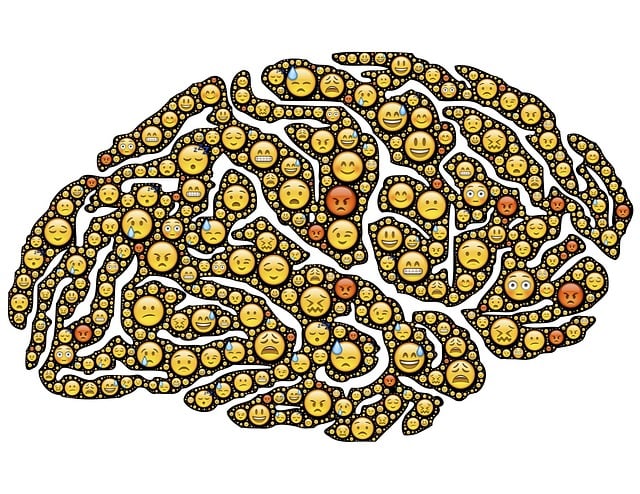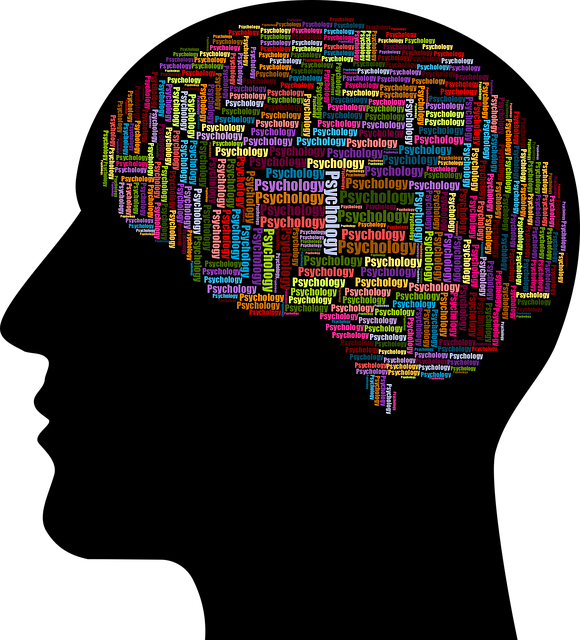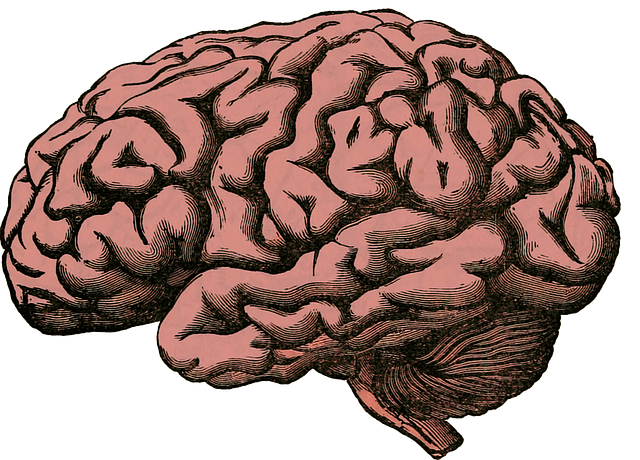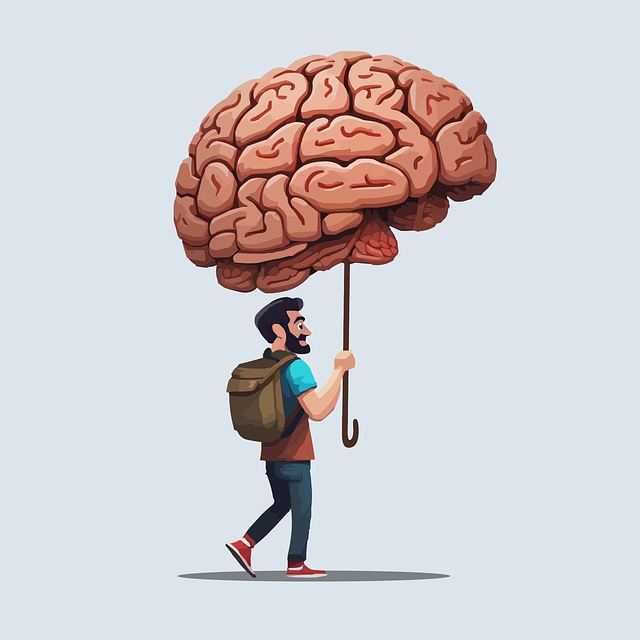Mental illness representation in media significantly shapes societal perceptions and treatment of conditions like gender identity disorders. Historical portrayals often perpetuate stereotypes, affecting public attitudes. Effective solutions include authentic media portrayals, cultural competency training for healthcare providers, risk assessment tools, and inner strength development initiatives. Lafayette Gender Identity Therapy (LGIT) is a pioneering example, offering tailored therapy to challenge stereotypes and promote understanding through positive media representation. By showcasing diverse characters and narratives, media can foster empathy, break down barriers, and empower individuals with mental health conditions.
In today’s digital age, media plays a pivotal role in shaping societal perceptions of mental illness. However, inaccurate or stereotypical representations can lead to harmful consequences. This article explores the challenge of mental health depiction in media and offers solutions for improvement. We delve into the impact of stereotypes, misinformation, and their effects on individuals’ understanding of mental well-being. A case study focusing on Lafayette Gender Identity Therapy highlights successful strategies for positive mental illness portrayal. Additionally, we discuss fostering inclusion and education through responsible media representation.
- Understanding Mental Illness Representation in Media
- The Impact of Stereotypes and Misinformation
- Lafayette Gender Identity Therapy: A Case Study
- Effective Strategies for Positive Portrayal
- Fostering Inclusion and Education Through Media
Understanding Mental Illness Representation in Media

Mental illness representation in media has long been a topic of scrutiny and debate. It’s crucial to understand that media plays a significant role in shaping societal perceptions and beliefs about mental health, directly influencing how individuals with such conditions are viewed and treated. Unfortunately, historical portrayals have often perpetuated stereotypes, misinformed narratives, or even contributed to the stigmatization of these issues. This representation matters because it can either foster empathy and understanding or perpetuate harmful misconceptions, affecting public attitudes and behaviors towards people living with mental illnesses, including those navigating their gender identity like those seeking Lafayette Gender Identity Therapy.
Effective solutions require a multifaceted approach. Encouraging authentic and diverse portrayals in media is essential, reflecting the complexity and spectrum of mental health experiences. Additionally, healthcare provider cultural competency training and risk assessment tools for mental health professionals can help ensure accurate information dissemination. Inner strength development initiatives also play a part by promoting self-care and resilience among both affected individuals and those who support them. These strategies collectively aim to create a more inclusive and supportive environment, challenging negative stereotypes and fostering a better understanding of mental illness in society.
The Impact of Stereotypes and Misinformation

The media’s portrayal of mental illness often reinforces stereotypes and spreads misinformation, which can significantly impact society’s understanding and treatment approach. When mental health conditions are depicted through lens of sensationalism or simplistic narratives, it leads to a limited and potentially harmful representation. This is particularly concerning for individuals seeking support, as these stereotypical images may discourage them from reaching out or accurately identifying their struggles. For instance, the media often portrays depression as sheer despair without acknowledging its complex nature, diverse symptoms, and the various effective treatment options available, such as those offered at Lafayette Gender Identity Therapy.
Moreover, misinformation can fuel stigma, making it harder for individuals to come forward and seek help. It’s crucial to challenge these stereotypes through accurate representation in media. By promoting nuanced stories that reflect the real-life experiences of those dealing with mental illness, we can foster empathy and understanding. Encouraging professionals like mental health therapists to engage in open dialogues about mental wellness through practices such as Mind Over Matter principles or keeping a Mental Wellness Journal can also help dispel myths and empower individuals to take control of their mental health journey.
Lafayette Gender Identity Therapy: A Case Study

Lafayette Gender Identity Therapy (LGIT) stands as a shining example of how media representation can challenge stereotypes and foster understanding. This pioneering initiative specifically tackles issues related to gender identity, offering a supportive environment for individuals navigating their unique journeys. By providing therapy tailored to the complex needs of its clients, LGIT promotes emotional intelligence and resilience building within the community.
Through its comprehensive approach, LGIT not only aids in boosting confidence among those struggling with gender identity but also educates the wider public. This case study highlights the profound impact positive media representation can have by offering a nuanced view of mental health issues, shifting perspectives, and encouraging open conversations about sensitive topics.
Effective Strategies for Positive Portrayal

Mental illness representation in media plays a pivotal role in shaping public perception and understanding. To challenge negative stereotypes and promote positive narratives, several effective strategies can be implemented. One crucial approach is to highlight individuals with mental health conditions as multifaceted characters with unique strengths and vulnerabilities, mirroring the diversity of real-life experiences. This includes showcasing diverse identities, such as those from various ethnic backgrounds, LGBTQ+ communities, and different age groups, as Lafayette Gender Identity Therapy has successfully demonstrated.
Incorporating authentic stories and perspectives can foster empathy and break down barriers. Encouraging open conversations about mental health struggles and the journey towards recovery through self-care practices, therapy, and confidence-boosting activities is essential. By presenting realistic portrayals, media can also educate audiences on risk management planning for mental health professionals, ensuring a supportive environment for those facing challenges. These strategies collectively contribute to a more inclusive and empathetic society, where individuals with mental illnesses are no longer marginalized but empowered by positive representation.
Fostering Inclusion and Education Through Media

Media plays a powerful role in shaping societal perceptions about mental health and diverse identities. By showcasing characters with authentic representations of mental illness and varied gender expressions, like those offered by Lafayette Gender Identity Therapy, we can foster a more inclusive environment. These portrayals encourage empathy building strategies among audiences, promoting understanding and reducing stigma.
Through compelling narratives, media has the potential to educate viewers about different experiences, including emotional regulation techniques and confidence-boosting strategies for individuals facing mental health challenges. By integrating these stories into mainstream content, we can contribute to a more nuanced conversation around mental wellness, encouraging open dialogue and supportive communities.
Mental illness representation in media has come a long way, but challenges remain. By examining cases like Lafayette Gender Identity Therapy and implementing effective strategies for positive portrayal, we can foster more inclusive and educational content. It’s crucial to dispel stereotypes and misinformation through conscious media creation, ultimately revolutionizing how mental health is perceived and understood globally.














